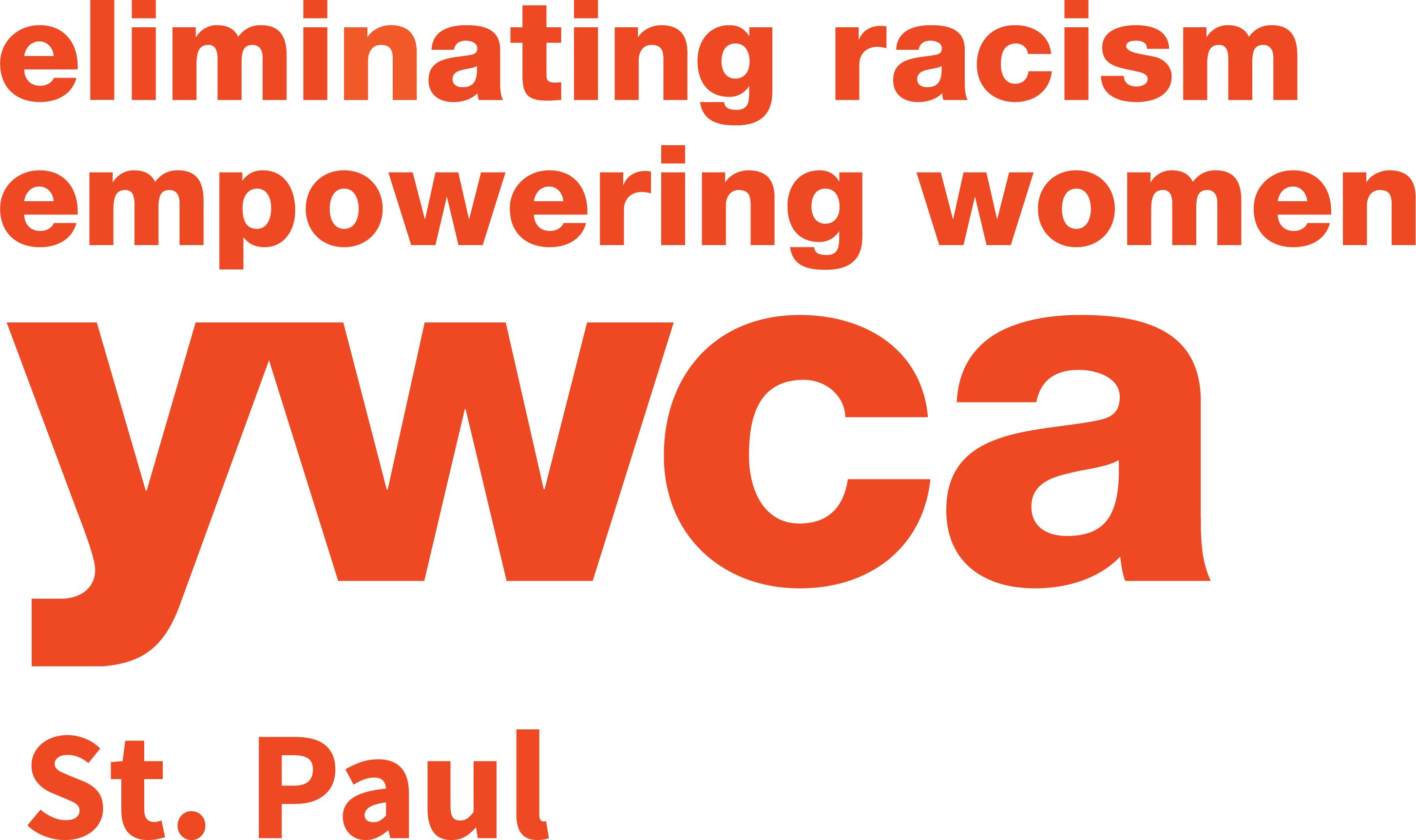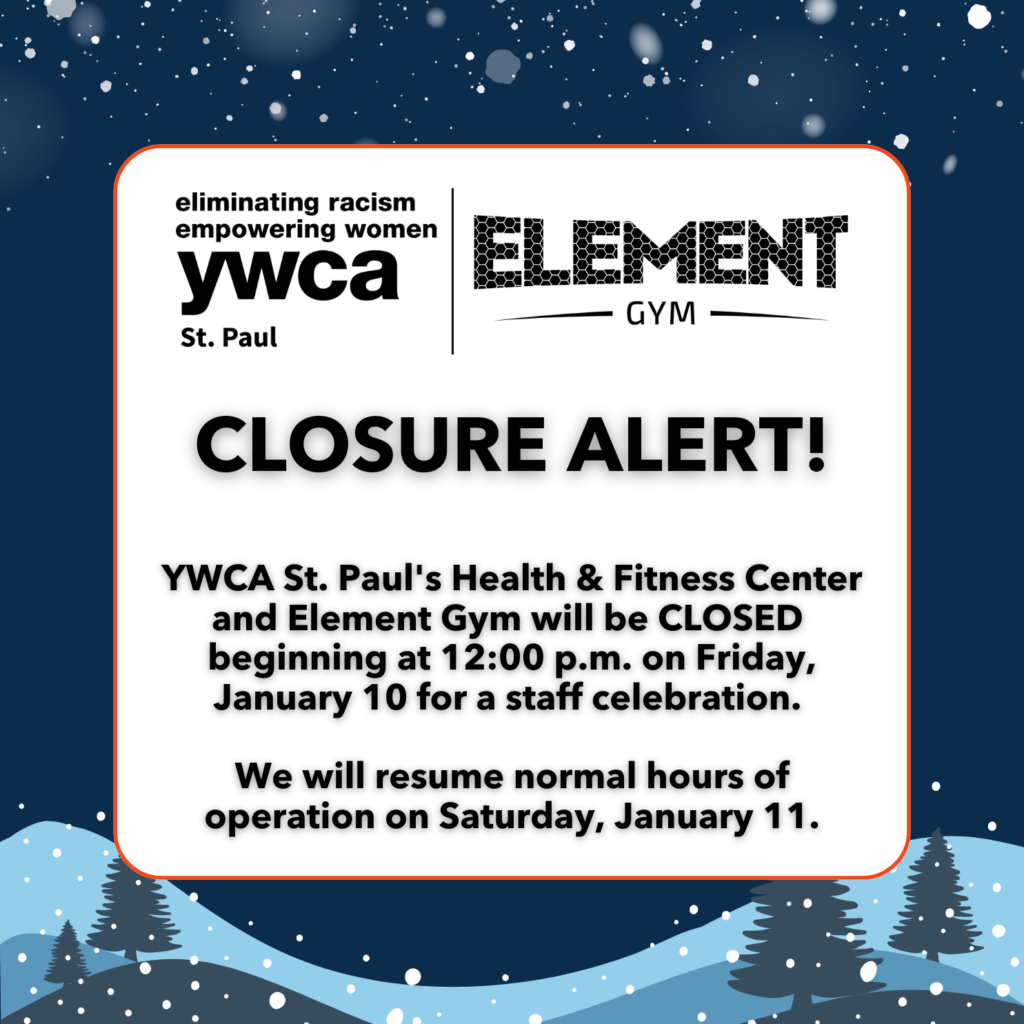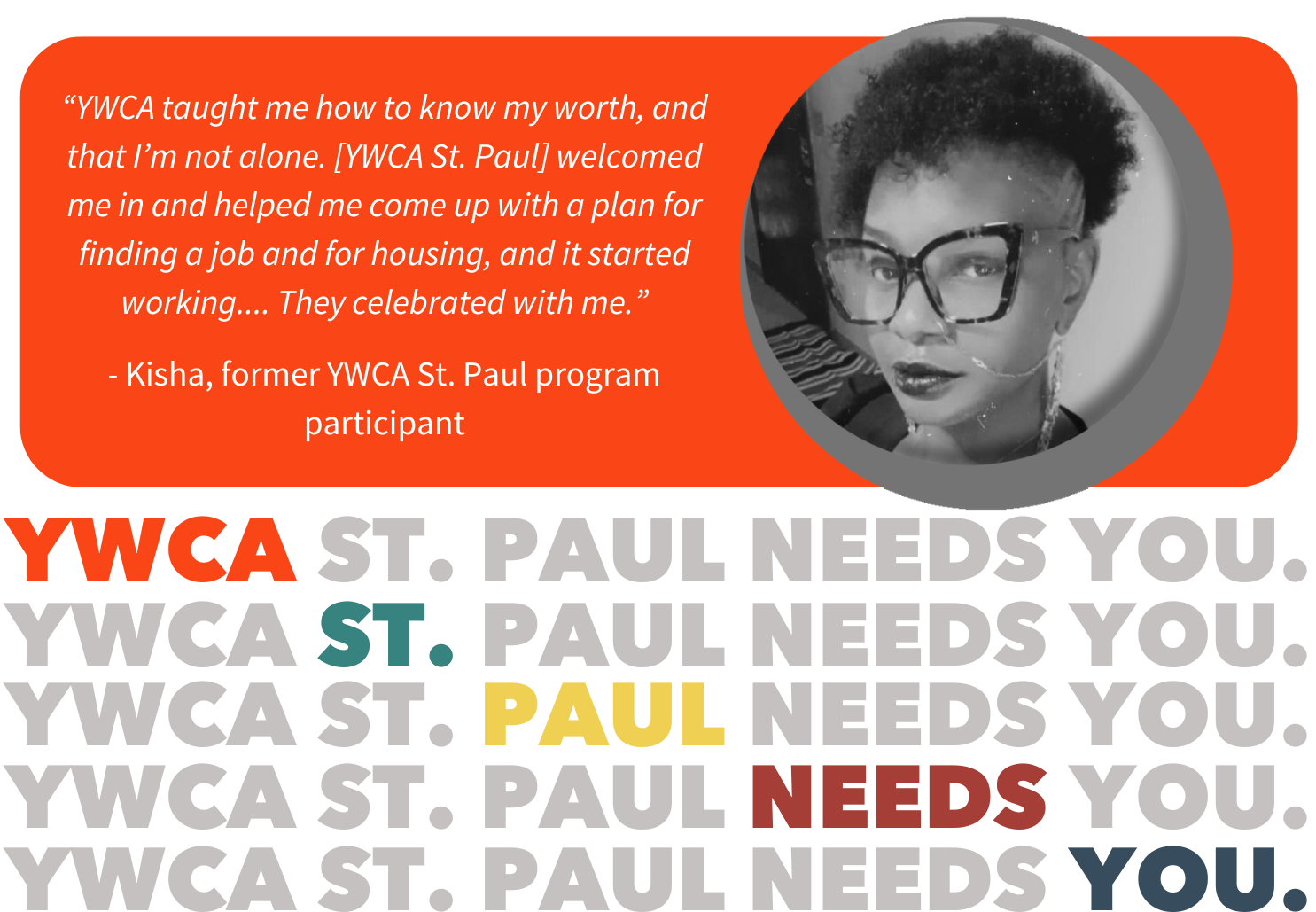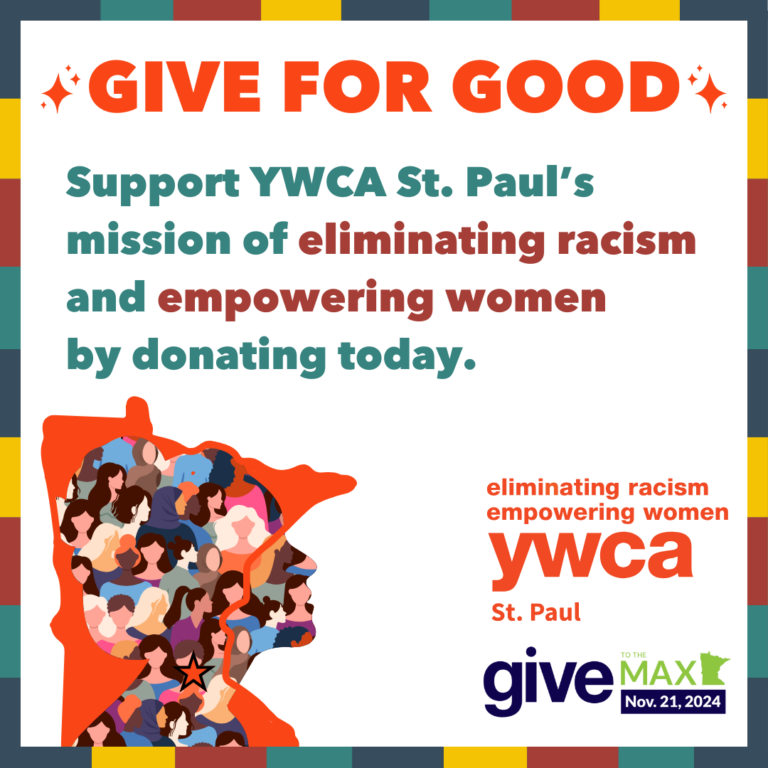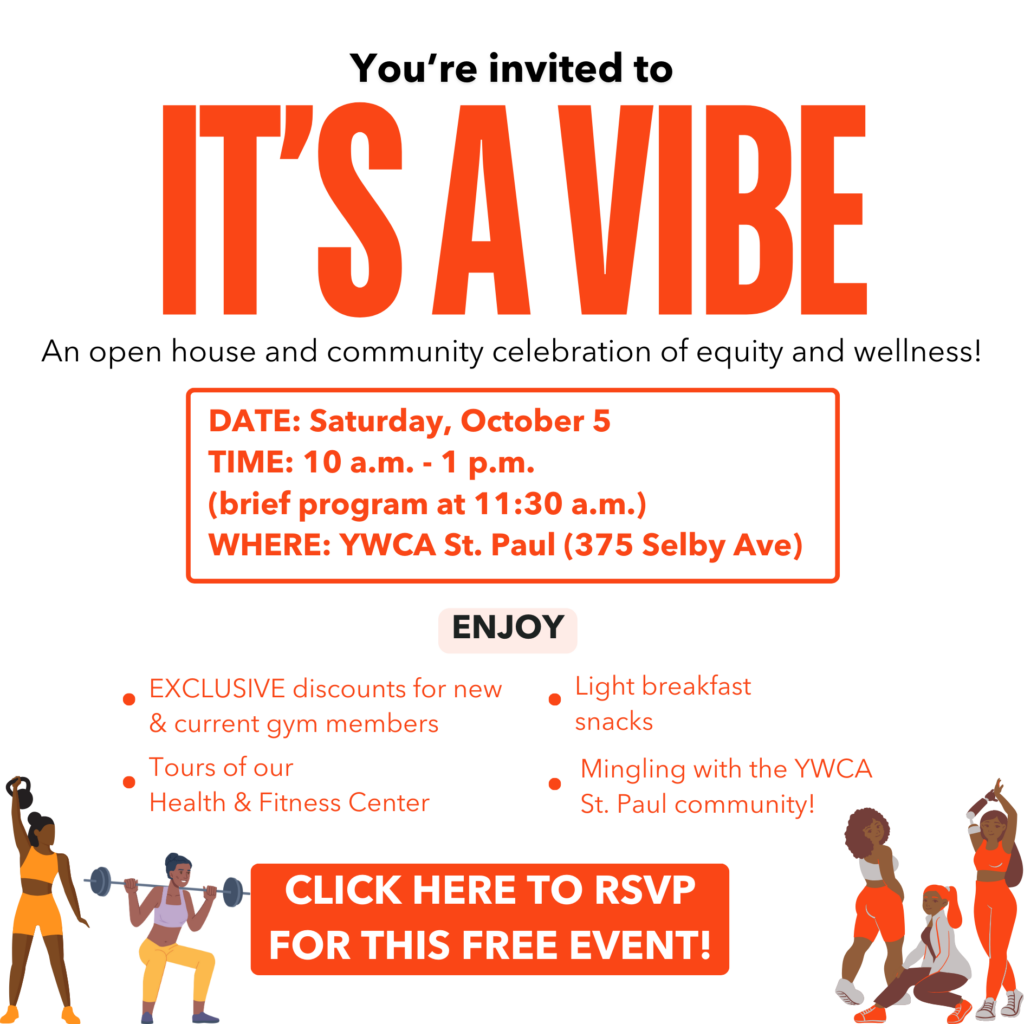In 2019, the City of Milwaukee recognized racism as a public health crisis, one of the first cites to acknowledge this crisis. Viewing racism as a public health crisis means looking at health outcomes, quality of care, socio-economic status, environment, pre-existing conditions, nutrition, and support systems through the lens of race. This list of factors is also known as social determinants of health.
When we look at COVID-19 for instance, the people most impacted are disproportionally BIPOC. This is evident when African Americans, who make up only 13% of the population, suffer 23% of the COVID-19 related deaths.
COVID-19 cannot see race, but people can. In the article How Racism Creeps into Medicine by Hamza Shaban, she reflects on the medical system in America still practicing racist behaviors that have led to African Americans receiving subpar treatment, resulting in worse health outcomes. Shaban explained, “Today, doctors examine our lungs using spirometers that are race corrected. Normal values for lung health are reduced for patients that doctors identify as black. Not only might this practice mask economic or environmental explanations for lower lung capacity, but the logic of innate, racial difference is built into things like disability estimates, pre-employment physicals, and clinical diagnoses that rely on the spirometer.”
This discrepancy also appears in maternal mortality rates where black women are two-to-three times more likely to die while giving birth than a white woman. But the issues that face BIPOC are all symptoms of racism and a multi-faceted approach is required to solve them.
It’s not a one size fits all kind of fix; rather we need to look at every section of our society to fix the health outcomes of Black Americans. Naming racism as a public health crisis is a step in the right direction. We must also seek sustainable and effective changes to the issues we see present or change the current systems. We need to look at the social determiners of health and from there start to enact legislation and place safety nets so that when COVID-19 ends, we do not go back to the same old, same old.
Question for readers: What safety nets do we need in place?
Contributor: Nayher Futsum, Communications intern
